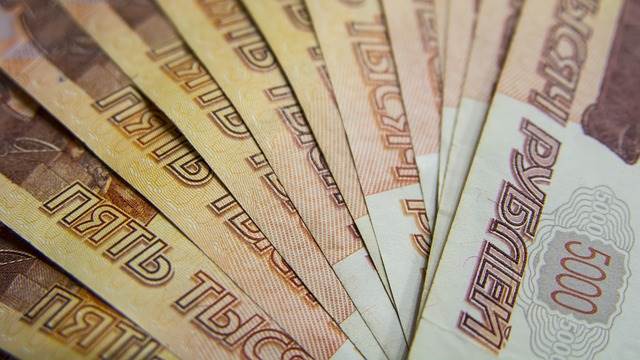The US dollar advanced for the second day in a row against the Russian ruble, adding 0.68 percent since the beginning of the week, after losing 1.26 percent against the Russian currency on the previous week.
 Russia has now one of the highest coronavirus counts in the world, only below the United States and Spain, with 242,271 confirmed infections and a death toll of 2,212. This turn of events was surprising considering that the government imposed a quarantine to contain the advance of the disease, which at the moment is affecting Russia's capital, Moscow, more than any other place in the country.
Russia has now one of the highest coronavirus counts in the world, only below the United States and Spain, with 242,271 confirmed infections and a death toll of 2,212. This turn of events was surprising considering that the government imposed a quarantine to contain the advance of the disease, which at the moment is affecting Russia's capital, Moscow, more than any other place in the country.
The Russian ruble has been already suffering because of the oil market situation given the strong dependency of this country on its oil exports. So far this year, the ruble has lost about 15.88 percent of its value against the greenback and had the bulk of its losses due to the poor performance of the oil markets, which have plunged about 41.36 percent (using the Brent Oil benchmark index) since January 2020.
Nevertheless, the ruble managed to recover in the previous month, adding 5.62 percent against the US dollar. Many also noticed that despite taking its toll on this currency's performance, the oil market situation didn't affect it as much as it was expected.
The Russian central bank, unlike its emergent counterparts, decided not to defend the currency in a significative way, choosing to preserve its foreign exchange reserves instead as its gross international reserves increased to $565 billions in April. As if this were not enough, instead of increasing the interest rates to avoid further depreciation, the central bank decided to cut its benchmark cash rate in April to its lowest levels since 2012, as an attempt to boost economic growth.
The bank's decision not to attempt to defend the ruble may be based on previous experience. In 2014, the Russian central bank attempted to protect the currency by selling its FX reserves and increasing the interest rates, however, as this was futile the Russian government ended up stepping down from the FX market, deciding to adopt a floating exchange rate regime in November 2014.
It's possible that the Russian central bank learned that its capacity to intervene in the foreign exchange market is very limited, so it decided to leave the fate of the currency in the hands of the markets instead. It probably also learned from Turkey's experience which, instead of defending the Lira effectively, ended up draining the country's FX reserves. We must highlight that keeping the reserve levels intact is important for the Russian government since the country has limited access to the global capital markets due to the sanctions imposed by the United States.
Analysts at the central bank expect Russia's GDP to contract 6 percent this year, while the IMF expects it to contract 5.5 percent. To cushion the negative effects of the disease in its economy, the government already announced a stimulus package that is equivalent to 2.8 percent of the GDP, and Vladimir Putin announced that the government is preparing an economic recovery plan that would be announced at the beginning of the next month.
Taking the current situation into account, it wouldn't be surprising to find out later that Russia is the most affected country by the Covid-19 pandemic. Its mortality rates are already not believable, as some estimate that 60 percent of its coronavirus deaths are attributed to other causes, so we probably are not getting reliable information from the government regarding the infection rate. This, of course, could make the ruble to come under intense selling pressure, unless there is a serious (and functional) attempt to stop it.
